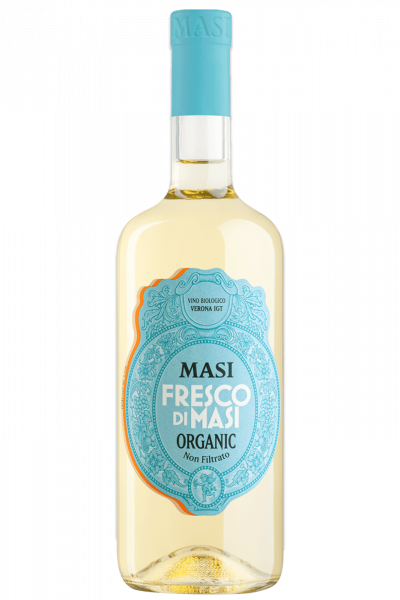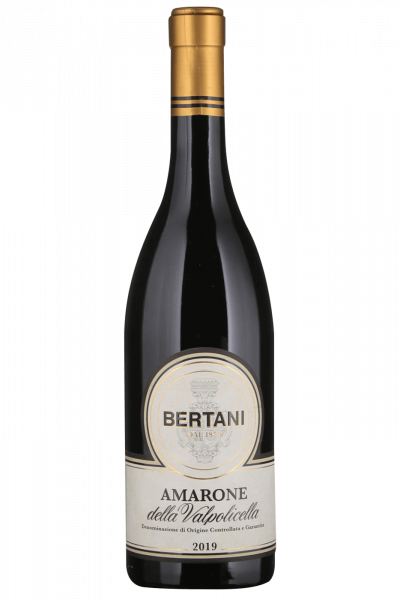
Carmasciano Pecorino - Ansanto Valley - Presidio Slow Food
Authentic Fine Food imported from Italy
U.S. UPS / DHL Express Shipping
Refrigerated safe transport
Secure payments
Carmasciano is a small pasture and grazing area that extends for a radius of about four kilometres in the Ansanto Valley, which is located in the heart of upper Irpinia. Most of the pastures are concentrated along the south-facing slope, which slants down from Mount Forcuso to the valley, between 800 and 500 meters above sea level. Virgil, in the Aeneid, describes the place as an enchanted land: “There is a place in the centre of Italy surrounded by tall mountains, famous and well-known anywhere in the world: the valley of Ansanto. It has then and therefore dark woods, and among the woods a river that rumbles and falls through great stones, and so gnaws the banks and the steeps, which makes a horrible cave and chasm.” The valley is in fact characterized by the presence of the Mefite di Rocca San Felice, a sulphuric lake fed by sulphurous pools, which boils as a result of gas emissions from the subsoil. The sulphur emanating from the waters characterises the essences of the plants foraged in the area, which in turn give the milk a very particular and complex flavour.
The pecorino produced in this area has in fact a marked olfactory note of sulphur, hints of fresh milk, freshly cut grass and flowers. In the mouth, a sweet and very delicate flavour is perceived at first, then a spicy note and, to finish, a slight aftertaste of sulphur. Raw sheep’s milk (without the addition of enzymes) is placed in the "caccavo" (copper boiler), and heated to a temperature of 36-38 °C, on a fire made from wood. Coagulation takes place with lamb or kid rennet or even calf liquid. The curd is broken up to obtain granules the size of a grain of rice and is left to settle on the bottom of the boiler. The curd is then collected, placed in wicker baskets and then scalded in hot whey.
The salting is done dry. Carmasciano Pecorino reaches its maximum sensory expressiveness towards 12 months of aging. The role of the maturing rooms is fundamental: the moulds that develop inside the rooms contribute to the perfect maturation of the product. Until the 1950s, every peasant family produced pecorino for family consumption and raised two sheep breeds: the laticauda and the bagnelese (also called malvizza). Subsequently, the families who remained in the area increased the number of heads up to even 50 sheep: the production was thus transformed into a source of income. In November 1980 an earthquake in Irpinia marked the beginning of the abandonment of the lands, as a result the small farms which once were, have almost completely disappeared.











